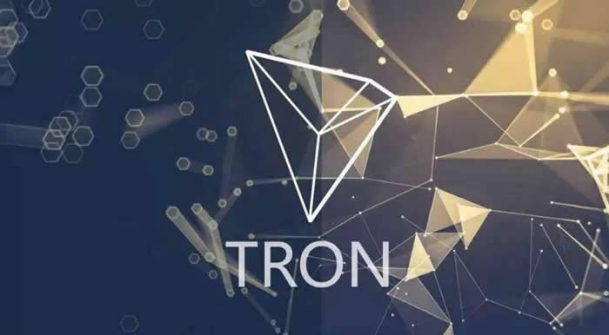
As an efficient blockchain platform, the Tron network faces many technical challenges. How to solve these technical difficulties is the key to ensuring the stable and efficient operation of the TRX token and the entire Tron network. This article will explore the main challenges Tron encountered during its technological development and its response strategies.
technical challenges
Scalability problem: Problem description: The scalability of blockchain networks is a common challenge. As users and transaction volume increase, how to maintain high throughput and low latency of the network is a key issue.
Tron's response: Tron solves the scalability problem by adopting the Delegated Proof of Stake (DPoS) consensus mechanism. The DPoS mechanism improves the processing capacity of the network by electing super representatives to verify transactions. In addition, Tron continues to optimize its technical architecture to cope with growing transaction needs.
security issues
Problem description: The security of blockchain networks is crucial, especially in smart contracts and decentralized applications (dApps). Security breaches can result in loss of funds and data breach.
Tron’s response: Tron has implemented multi-layered security measures, including smart contract auditing, network monitoring and attack protection. Tron also collaborates with security experts and institutions to conduct regular security assessments and vulnerability fixes to ensure the security of the network.
User privacy: Problem description: User privacy protection is an important consideration in blockchain technology. How to protect users' personal information while maintaining transparency is a technical challenge.
Tron’s response: Tron uses encryption technology and privacy protection measures to ensure the security of user data. At the same time, Tron is also exploring advanced technologies such as zero-knowledge proof to further enhance user privacy protection.
Technical solutions
Optimized consensus mechanism: DPoS mechanism: Tron’s DPoS consensus mechanism improves the efficiency and scalability of the network by electing super representatives. Compared with the traditional Proof of Work (PoW) and Proof of Stake (PoS) mechanisms, the DPoS mechanism has significant advantages in processing speed and energy consumption.
Optimization strategy: Tron continuously optimizes its DPoS mechanism and further enhances the performance and stability of the network by adjusting the election rules of super representatives and improving the efficiency of the consensus algorithm.
Smart contract optimization
Tron Virtual Machine (TVM): Tron virtual machine is the core component of smart contract execution. Tron improves the execution efficiency of smart contracts by optimizing the performance of TVM. TVM is compatible with the Ethereum Virtual Machine (EVM) and supports multiple programming languages, improving the flexibility and scalability of smart contracts.
Development tools: Tron provides a wealth of development tools and documentation to help developers write and test smart contracts more efficiently. These tools include TronStudio, TronLink, etc., which simplify the development process and improve code quality.
Cross-chain technology
Cross-chain interoperability: Tron is committed to achieving interoperability between different blockchains and solving the isolation problem of data and assets. Through cross-chain technology, Tron can exchange data and transfer assets with other blockchain platforms, improving the flexibility and compatibility of the network.
Cooperation and integration: Tron cooperates with multiple blockchain projects to explore cross-chain solutions and gradually realize integration with other platforms. These collaborations promote the cross-chain development of the Tron network and enhance its position in the blockchain ecosystem.
Forward-looking technology
Quantum Security: Technical Background: The rise of quantum computing poses challenges to traditional blockchain encryption algorithms. Quantum computing can break existing encryption technology and affect the security of blockchain.
Exploration of Tron: Tron focuses on the research of quantum security technology and explores encryption solutions that may be needed in the future. Tron is committed to introducing quantum security mechanisms into blockchain technology to deal with future security threats.
Artificial Intelligence and Blockchain
Application prospects: The combination of artificial intelligence (AI) technology and blockchain is expected to improve the intelligence and automation level of blockchain. AI can be used for smart contract optimization, data analysis and decision support.
Tron’s practice: Tron actively explores the application of AI technology in blockchain and studies how to use AI to improve the performance and functionality of the Tron network. This exploration may lead to more opportunities for innovation and development.
in conclusion
Tron faces multiple challenges in the process of technological development, including scalability, security, user privacy, etc. By optimizing consensus mechanisms, smart contracts and cross-chain technologies, as well as exploring forward-looking technologies, Tron continues to solve these challenges and promote innovation and progress in the network. Understanding Tron’s technical challenges and solutions will help you deeply understand the technical advantages and development potential of the TRX token.